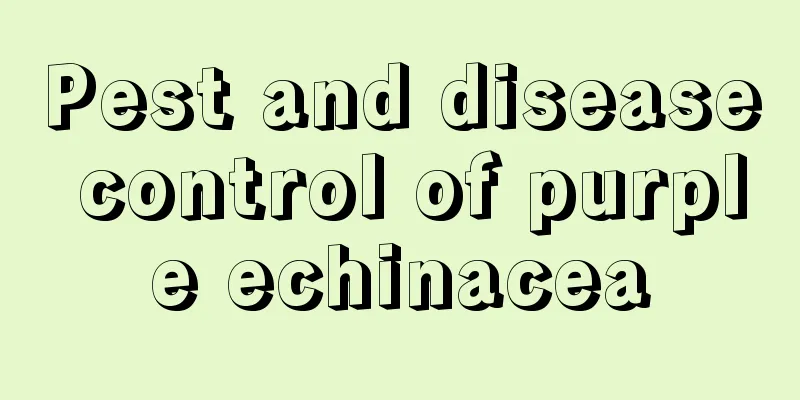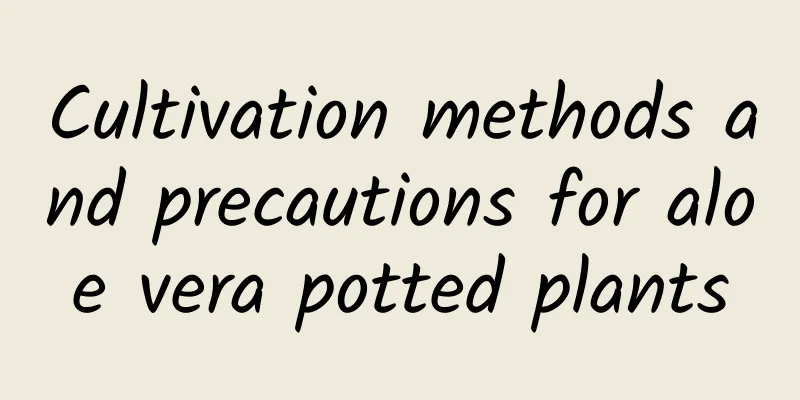How to grow betel nut

1. Maintenance methods1. Temperature: It can be seen from the fact that its distribution area is mainly in the tropics that it has very high requirements for temperature. Specifically, it can grow between ten and thirty-six degrees, but higher temperatures will help its growth. However, it should not exceed 40 degrees. Be especially careful in winter and don't let the temperature drop below ten degrees. 2. Light: Betel nut is a positive plant and has very high requirements for sunlight. Normally, you should let it receive more sunlight. If it is kept in a very dark place for a long time, its growth will be weakened and it will be prone to disease. 3. Watering: Betel nut prefers a high humidity environment. Generally speaking, it is distributed in areas with annual rainfall of 1,700 to 2,000 mm. Therefore, if it is a very dry season, you need to replenish water in time and spray water at the same time. 4. Fertilization: Betel nut generally does not require much fertilizer, and base fertilizer is relatively important. After that, apply fertilizer in appropriate amount. 2. Breeding techniques1. Reproduction: It can be done by sowing. It is best to choose seeds produced by plants that are more than 20 years old. The specific sowing season is in May or June because the temperature is relatively suitable. The seeds need to be germinated before sowing. The row spacing can be about three centimeters. In addition, after sowing, the seeds should be covered with soil about five centimeters thick. After about twenty-five to thirty days, it will germinate. 2. Weeding: This is a relatively important step. After the betel nut grows to life, the shrubs need to be cut down in time. In addition, there are often many weeds appearing in the fields, affecting the growth of plants. Therefore, weeding can be done regularly. Generally speaking, twice a year is sufficient. 3. Problem diagnosis and treatment1. Diseases: Normally, betel nut may suffer from many diseases, such as "leaf spot disease", "leaf blight", "chlorosis disease", etc. Targeted prevention and treatment can be carried out according to different types of diseases. 2. Pests: There are many types, such as "leafhoppers", "coconut leaf beetles", "whiteflies", etc. Similarly, different methods can be used for prevention and control according to different types. IV. Other issues1. Toxicity: Betel nut is not poisonous, but it can be irritating to the mouth and stomach, so do not eat too much. 2. Can it be kept at home? Because it is relatively tall, it is generally not kept at home. |
<<: How to cultivate Fritillaria
>>: How to grow rainbow arrowroot
Recommend
Anthurium cultivation method
1. Loose soil Soil with a looser texture is more ...
How to prepare coconut soil and coconut bran to make nutrient soil (optimal ratio)
Coconut soil preparation requirements The most co...
How to grow saxifrage
Farming methods soil The best soil for potted sax...
How to grow lucky bamboo to make it more vigorous
1. Suitable temperature The suitable temperature ...
How to cultivate white palm
White palm growing conditions White calla lilies ...
What does cherry blossom represent?
1. Meaning Cherry blossoms represent warmth, happ...
Key points for home care of Phalaenopsis
Phalaenopsis maintenance point 1: reasonable temp...
What to do if Clivia doesn't bloom
1. Add nutrition 1. Reason: The nutrients require...
What to do if daffodils don't bloom
1. Normal flowering period If we want to explore ...
Cultivation methods and precautions of cypress
1. Maintenance methods 1. Watering: The arborvita...
How to propagate weeping begonia
How to propagate weeping begonia Cutting propagat...
Diseases and their control of octopus orchid
Diseases of Octopus Orchid The main diseases of o...
How to grow Colchicum
How to grow native colchicum When cultivating col...
How to keep Black Prince in winter
1. The winter habits of this plant First, it has ...
What to do if pear trees drop leaves early
Measures to prevent and control early leaf drop i...









